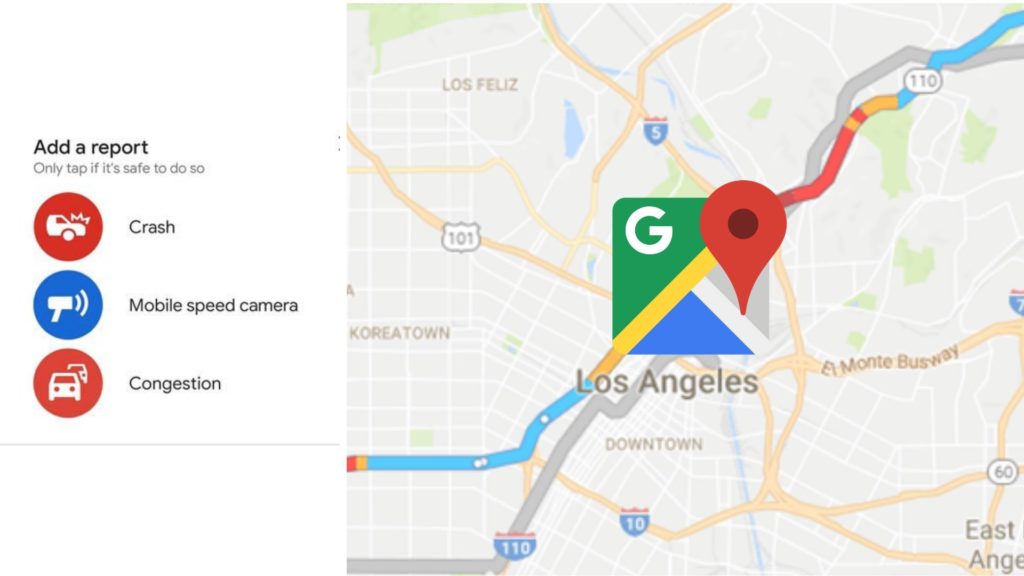GOOGLE TELLS HOW THE ONLINE BUSINESSES SHOULD RESPONSE IN THIS PANDEMIC
The COVID-19 pandemic has caused a worldwide crisis. Apart from the shutdown of offline businesses, educational institutions, etc, it has also successfully created trauma within us. Every nation will find it very hard to economically recover after this deadly virus is eradicated once and for all. While every small enterprise is shutting down temporarily, here is a hope for the online businesses. Due to the outbreak of COVID-19, some of the online businesses are also planning to shut down. But, Google says it is a very idea for a business. A website can be less active, but it should still be on the run. Because, once it shuts down permanently, it is very difficult to be back online. Due to the shutdown ranking falls sharply.
The minimalistic approach behind the online business
John Mueller, Google’s senior webmaster trend analyst has given a set of guidelines for those who are planning a shutdown. He said that instead of turning off your business permanently, it is better if you stick to minimal functionalities. This explains what Flipkart and other e-commerce sites are doing. You might show out of stock for the time being or allow your customers to add in wishlist or cart for later. This will save your business once you are back online. Also, you don’t lose you, customers, as they will be visiting the website. Everything except receiving orders should remain active.
Another thing that Muller suggested is to display some important message or notice about the temporary inconvenience. He also said to use Google’s Search Console Tool for re-indexing.
Customers are the first priority
The online sites that are engaged with the service of online ordering and delivery are facing most difficulties. Other websites which provide online solution and the entire procedure is done over the net won’t feel the heat. So, for those e-commerce websites, closing it will be the biggest mistake. You should keep in mind that though your company is not able to deliver, customers visit the website. So, to not have a negative attitude towards your customers, the website should be online. This will help to tackle your problems in a better way once everything is back to normal.
What if you need to shut down?
Shutting down should be the option when you hit rock bottom. If there is no other way then you have to shut down. But, it shouldn’t be more than a few days maximum. If you are shutting down your website you should do thorough research about what are the dos and don’ts. Google also says that the company should display an error page with a 503 HTTP result code. That is the best thing to go for.
And, in case you are planning to shut it down for more than just a few days, here are some tips. One should provide an indexable homepage as a placeholder. This gives the user a way to find it through a search by using 200 HTTP status code. And, if you are planning to hide your website, you can temporarily remove it from search. But, always remember these are very risky. Your business might have a major setback once it is back.
Effects of shutdown
It’s better that your customers know there’s a temporary glitch than not knowing anything at all. This is why a whole vanishing-the-website-idea is not recommended. Always keep your customers updated about the website. There’s not much work in just keeping it active with a notice. And, once you lock the website, users cannot find relevant information about products, services, past orders, reviews, etc. Moreover, if you shut down the website for once, their high chances to lose the contact number and your company’s logo as well.
All these will lead to a company sinking down in the search engine. In other words, Search Control Verification will fail as the company’s information is lost.
The helping hands
It’s hard to make the right decision when you are panicking. So, here’s a small help from domain registrars like GoDaddy and Namecheap. One can continue paying the hosting fee to keep it online. And, these registrars are also helping the small companies survive this. Because entire disabling is very harmful to a company’s future.

Annasha Dey is an NIT student, who apart from studying engineering is also a content writer. She has a great interest in photography, writing, reading novels, and travelling as well. She is a foodie who loves socializing and hanging out with her friends. She is also a trained Kathak dancer and a big fashion enthusiast. Dey also loves watching TV series, which includes F.R.I.E.N.D.S. and Big Bang Theory. To be a better writer she prefers to read more







